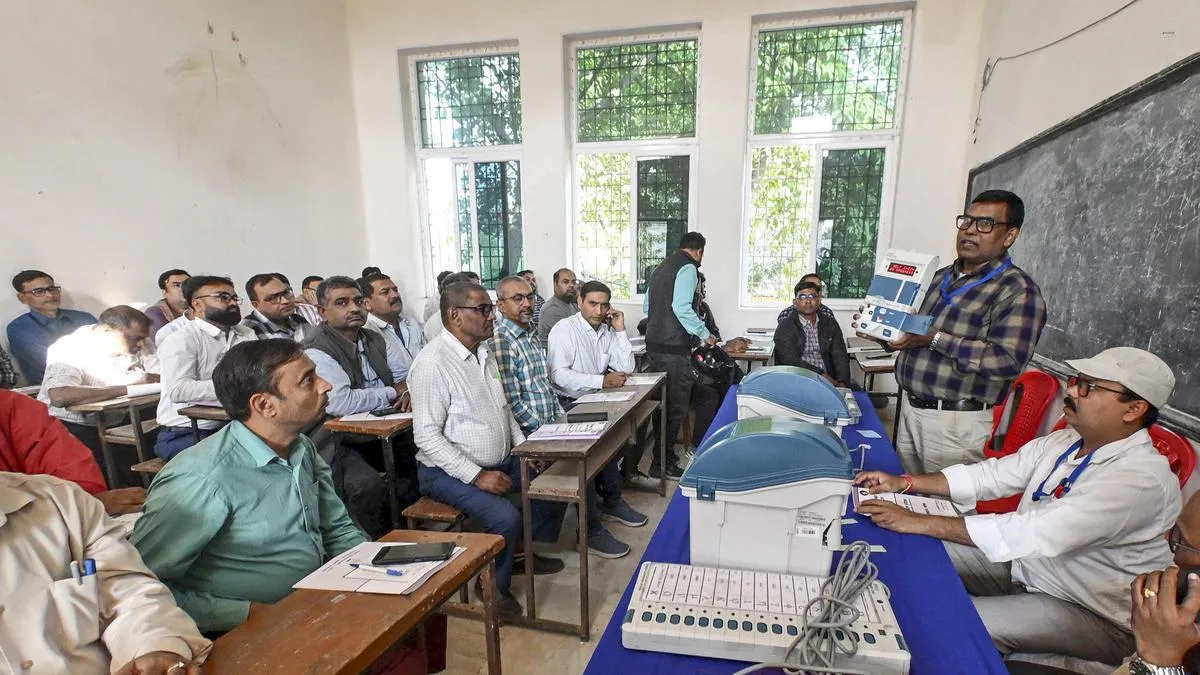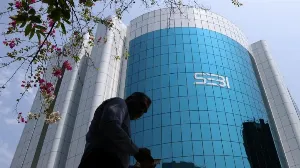Bihar Assembly Elections 2025: Key Election Results and Insights

As Bihar approaches its decisive electoral moment on November 14, the counting of votes for its 243 constituencies is set to begin at 8 am. This election is critical for determining the future leadership of the state, with incumbent Chief Minister Nitish Kumar of the Janata Dal (United) party facing a challenge from Tejashwi Yadav, leader of the Rashtriya Janata Dal.
The elections have already witnessed significant voter engagement, following a thorough revision of the electoral rolls aimed at ensuring a more accurate representation of eligible voters. Early signs indicate a high turnout, which could favour the incumbent coalition, the National Democratic Alliance (NDA).
Various exit polls suggest that the NDA is likely to secure an easy victory; however, political analysts, party supporters, and the general public remain on edge as they await the official results. The stakes are particularly high in this election, given the backdrop of recent youth-led protests in the state, which have highlighted widespread discontent over issues such as unemployment and educational inadequacies.
The youth in Bihar, who represent a significant portion of the electorate, have been vocal in their demands for change. Many young voters, like Ajay Kumar—a 20-year-old from Muzaffarpur—have expressed their frustrations through protests against perceived injustices, such as the leaking of examination papers for government jobs. Kumar, a Dalit, has joined thousands in demanding accountability and reform, hoping that his vote will reflect the collective struggle of his generation.
Bihar's demographic landscape is notable, with approximately 40% of its 128 million population under 18 years of age, and around 23% aged between 18 and 29. This youthful contingent has been increasingly active, with a reported 400 student protests occurring in the state from 2018 to 2022, the highest in India. Given the ongoing challenges, including extreme poverty affecting one in three families, the youth's dissatisfaction could significantly influence the election outcome.
Political observers are particularly focused on whether Prime Minister Narendra Modi's Bharatiya Janata Party (BJP) can maintain its appeal among younger voters, especially in light of widespread protests across South Asia. The results from Bihar could indicate how effectively the ruling party has addressed the concerns of this demographic.
In the run-up to the elections, both the NDA and the opposition INDIA coalition have made substantial campaign efforts targeting younger voters. Modi has touted initiatives aimed at improving digital connectivity, suggesting that his government has made internet access more affordable, while the opposition has promised job creation and increased opportunities for the youth. Tejashwi Yadav, aged 36, represents a younger leadership that many believe could resonate more with the aspirations of Bihar's young population.
As the counting day unfolds, all eyes will be on Bihar to see whether it opts for continuity under Nitish Kumar or embraces a shift towards the younger leadership proposed by Yadav and his coalition. This election's outcome could have wider implications for the political landscape in India, especially as the country prepares for future elections, where youthful discontent could reshape traditional voting patterns.

Trump's Support for H-1B Visas Sparks Outrage Among MAGA Followers

Sebi Committee Proposes Reforms for Conflict of Interest Regulations

Asian Paints Reports 43% Profit Growth in Q2, Declares Dividend

Nintendo Direct to Unveil Super Mario Galaxy Movie Details





